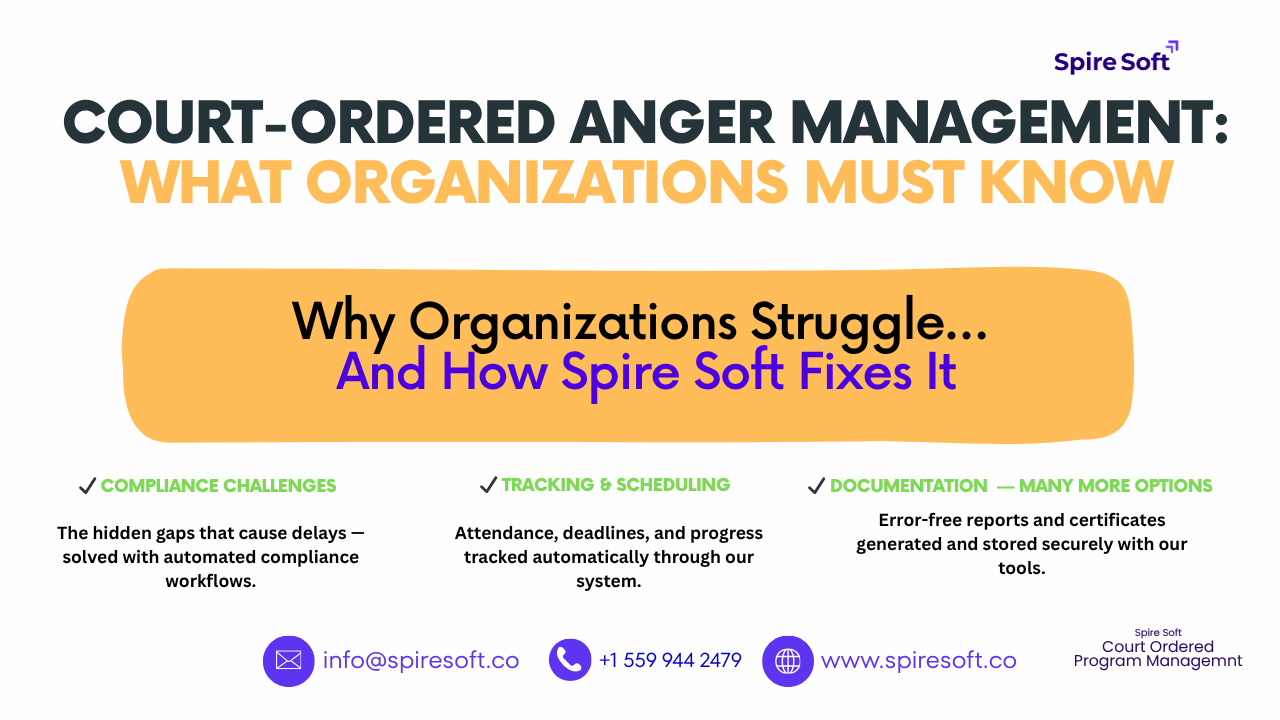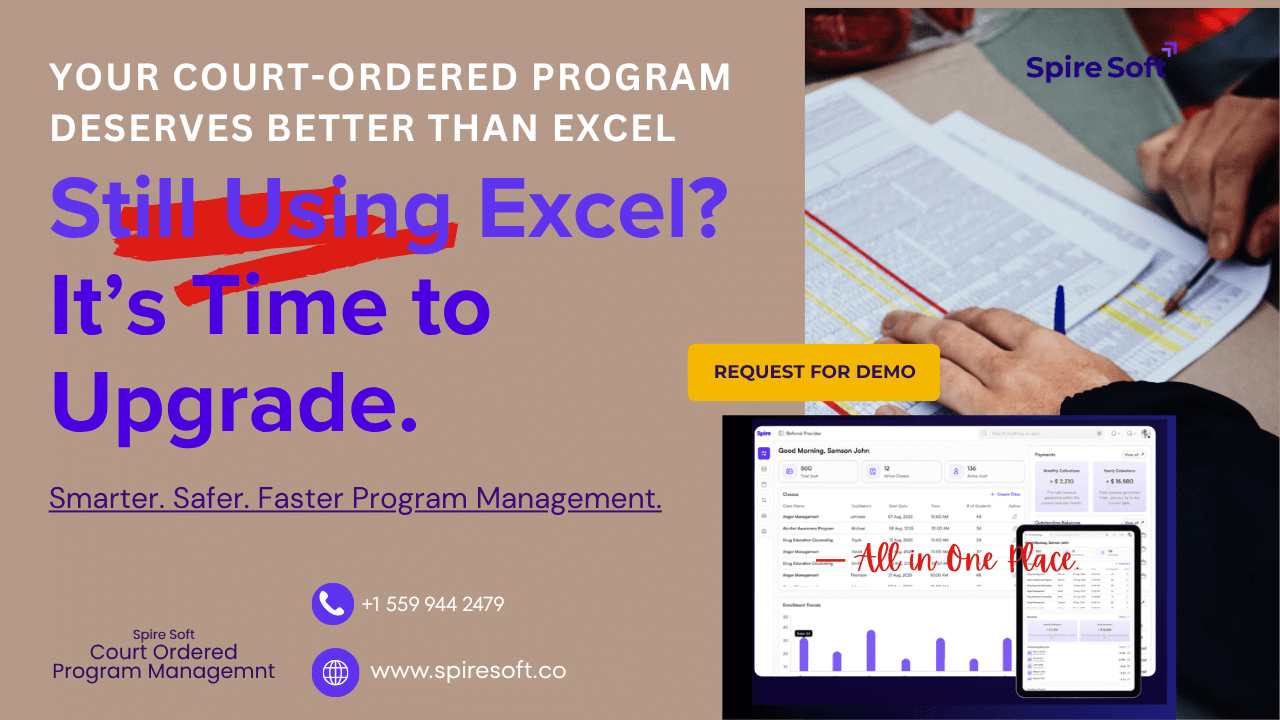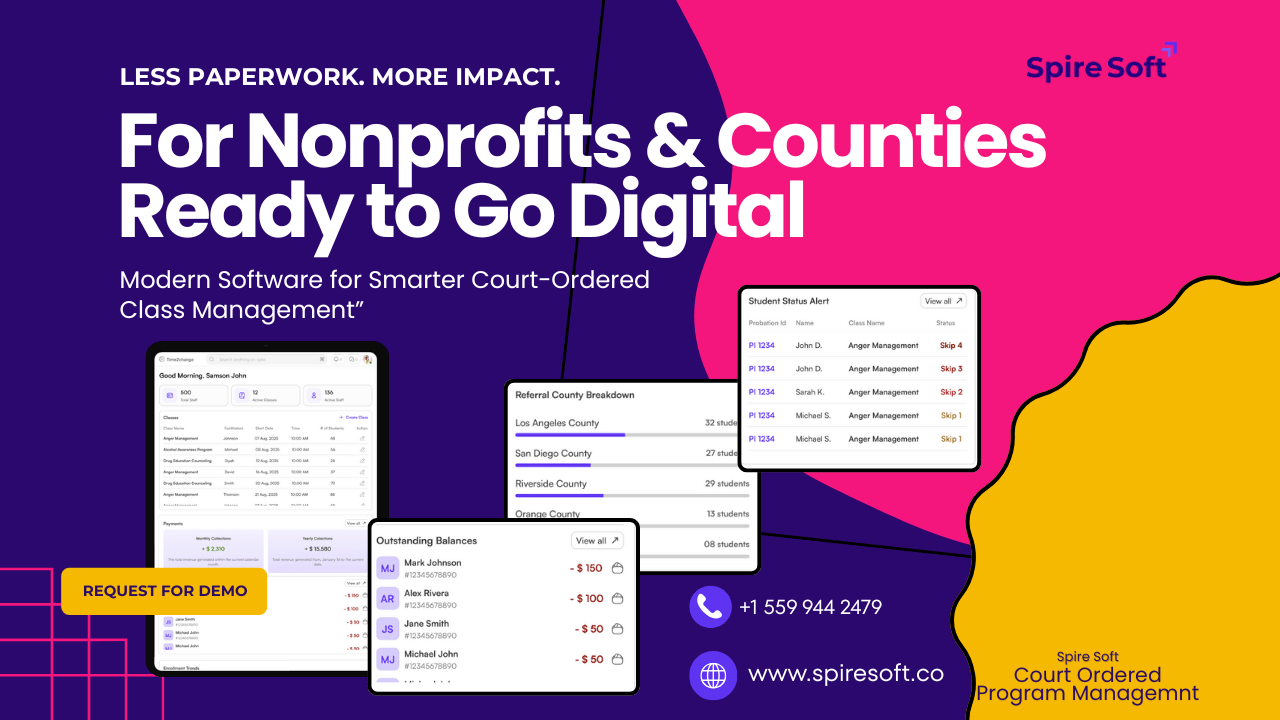Blog Post
Project Migration: How to switch systems without losing your mind?
May 14, 2025
Table Of Content
Project Migration: How to switch systems without losing your mind?
If your team’s current project management tool feels like more work than the projects themselves, you’re not alone. Outdated interfaces, missing features, and scattered data can hold back even the most capable teams. Whether you're moving from Jira, Microsoft Planner, spreadsheets, or an internal tool, project migration is your opportunity to reset.
But switching platforms comes with challenges—lost data, confused teams, and disrupted workflows. This guide is here to help you avoid all of that.
We’ll walk through what project migration means, why it’s often necessary, and how to make the move without friction. By the end, you’ll know exactly how to build a project migration plan that saves time, preserves clarity, and positions your team to work better—starting now.
What is a Project Migration?
Project migration is the process of transferring all your project-related data—tasks, deadlines, documentation, team comments, even file attachments—from one software platform to another.
But it’s more than just data transfer. It’s about preserving your project’s context and ensuring your team lands in a faster, more flexible environment where things just make sense.
This includes:
- Migrating from tools like Jira, Trello, Asana, or Microsoft Planner
- Moving from on-premises systems to SaaS-based tools
- Consolidating multiple platforms into one (task tracking + time tracking + reporting)
- Rebuilding your workflow to match your real process—not the tool’s limitations
Why do Teams Migrate Projects?
No one migrates just for fun. Teams decide to move when their current system becomes a bottleneck.
Some common reasons include:
- The tool is too rigid. You can’t customize workflows, fields, or views.
- It doesn’t scale. As your projects grow, performance lags or the organization breaks down.
- Your data is fragmented. Tasks live in one place, documents in another, and updates get lost in email.
- Your team hates using it. Poor UX slows everyone down. Adoption drops. Work suffers.
- You’re switching to a more modern solution, like migrating to a SaaS-based platform.
Think of it like moving offices. You don't just want a new space. You want one that fits how your team works—and makes the work easier.
What is the first step in any website migration project?
The same principle applies in digital space. Whether you’re migrating projects, websites, or internal systems, the first step is always:
Define what you’re moving, why you’re moving it, and what success looks like.
In a website migration project, this means auditing content, identifying SEO risks, and setting up redirects. In a project migration, it means identifying what data matters, what can be cleaned up, and how your team needs the new tool to perform on Day 1.
Types of project migration
1. Jira Project Migration
Often needed when Jira’s complexity outweighs your needs. Migrating from Jira requires careful planning to retain:
- Issue histories
- Custom fields
- Project structures
- User roles
Platforms like Spire Soft offer a lighter, easier-to-use alternative—without sacrificing structure.
2. Planner to Project Migration
Moving from Microsoft Planner to more robust platforms like Microsoft Project—or ideally, to a flexible SaaS-based system like Spire Soft. This includes migrating:
- Buckets and tasks
- Assignments
- Checklists and notes
3. Project Migration to SaaS
Switching from on-premise or legacy tools to modern, cloud-based solutions. This transition improves:
- Remote access and collaboration
- Integration with other tools (e.g. Slack, Google Drive)
- Cost efficiency by removing IT overhead
4. Tool Consolidation
Merging multiple tools (like Trello + Clockify + Excel) into one centralized system. This simplifies workflows and increases visibility.
How to Build a Project Migration Plan?
Every successful migration starts with a well-defined plan. Here’s how to structure yours:
1. Audit Your Current System
Inventory your:
- Active and archived projects
- Dependencies and workflows
- Custom fields, statuses, user roles
- Integrations, tags, and reports
Ask yourself: What’s worth migrating? What can be cleaned up or left behind?
2. Define Objectives
Clarify the “WHY.”
- Are you trying to simplify workflows?
- Do you need better time tracking?
- Is the goal improved team collaboration or better reporting?
Use your goals to guide the tool selection.
3. Choose the Right Tool
Look for:
- Easy import features
- Customizable workflows
- Real-time updates
- Permissions and role control
Spire Soft is a smart choice for teams migrating off outdated tools—it offers ticket-based task management, Kanban views, time logging, collaboration, and reporting, all in one platform.
4. Back Up Everything
Download your data. Even if the migration goes perfectly, backups are your insurance.
5. Map Your Fields
Define how data from your current tool matches the destination:
- “Assignee” → “Assigned To”
- “Status: In Review” → “Status: QA Pending”
- “Custom field: Client” → “Tag: Client X”
6. Run a Pilot Migration
Pick a small project and migrate it first. Test how it looks, what breaks, and how users interact with the new setup.
7. Communicate with the Team
Let people know what’s changing, when, and why. Offer training or walkthroughs before launch.
8. Go Live
After testing and user buy-in, execute the full migration.
9. Review & Optimize
Watch how the team uses the new system. Adjust workflows and views as needed.
Common Project Migration Challenges (How to Solve Them?)
Migration isn’t just about data—it’s about people and process. Here are real challenges you may face:
1. Data Doesn’t Transfer Cleanly
Attachments go missing, task links break, or subtasks are flattened.
2. Your Team Feels Lost
Even if the new tool is better, it’s still new.
3. You Overlooked Key Features
You might realize mid-migration that your new tool lacks something important—like time tracking or custom reports.
4. You Didn’t Clean Up Before Moving
Garbage in, garbage out. If you migrate bad data, you’ll end up with a cluttered new system.
Why is Spire Soft Built for Migration Projects?
If you're looking to migrate away from complex or clunky tools, Spire Soft was built with flexibility in mind.
Here’s what makes it migration-ready:
- Kanban-style ticketing system—easy to adapt your current workflow
- Simple CSV imports and guided onboarding
- Built-in collaboration, file sharing, and real-time updates
- Time tracking, reporting, and team management—all under one login
- Custom workflows, fields, and permissions that fit how your team already works
Whether you're a small business moving off spreadsheets or a growing company migrating from Jira, Spire Soft gives you the clarity and control your team needs.
See how Spire Soft supports smarter project work →
Conclusion:
Project migration is more than a technical process—it’s an opportunity to realign your tools with how your team actually works.
Yes, switching systems can be messy. But with the right project migration plan, the right mindset, and the right platform, it doesn’t have to be.
And when you're ready to make the move, Spire Soft gives you everything you need—without the bloat, without the steep learning curve, and without the headaches.
Time to work smarter, not harder.
Frequently Asked Questions (FAQs) about Project Migration
1. What is project migration?
Project migration is the process of moving all your project-related data—tasks, files, workflows, and communication—from one platform to another. It ensures your team can transition smoothly without losing context, productivity, or structure.
2. Why do teams migrate their project management tools?
Teams migrate when their current system becomes a bottleneck—whether it’s due to poor UX, lack of customization, limited scalability, or fragmented data. The goal is to move to a platform that better supports collaboration, visibility, and growth.
3. What’s the first step in a project migration?
Start by defining what you’re moving, why you’re moving it, and what success looks like. This includes auditing current data, identifying what to keep, and outlining how the new system should support your team from Day 1.
4. How to migrate existing project data from spreadsheets into modern project management software?
Most modern platforms support spreadsheet (CSV) imports. Export your spreadsheet, clean up unnecessary columns, and map fields like task names, deadlines, and assignees into the new tool. Tools like Spire Soft guide you through the import process.
5. How to migrate data from other project tools into modern work platforms?
Export data from your current tool (CSV, JSON, or via API), then match fields to the structure of the new system. Run a pilot migration to test. Platforms like Spire Soft offer import templates and onboarding support to simplify this process.
6. What are the biggest challenges during project migration?
Common challenges include broken task links, lost attachments, poor team onboarding, or migrating cluttered data. Avoid these by cleaning up data beforehand, running a pilot, and offering training to your team.
7. Why is Spire Soft a smart choice for project migration?
Spire Soft is built for smooth transitions—offering CSV imports, Kanban workflows, time tracking, collaboration, and real-time updates. It’s flexible enough to adapt to your team’s existing structure without added complexity.
8. What is the first step in any website migration project?
The first step in any website migration project is to define what you’re moving, why you’re moving it, and what success looks like. This involves conducting a full audit of your existing website—including content, URLs, SEO performance, and technical structure. By identifying critical assets (like high-traffic pages or backlinks) and potential risks (such as broken links or SEO drops), you can build a migration plan that ensures continuity, minimizes disruption, and sets benchmarks for post-migration performance.




